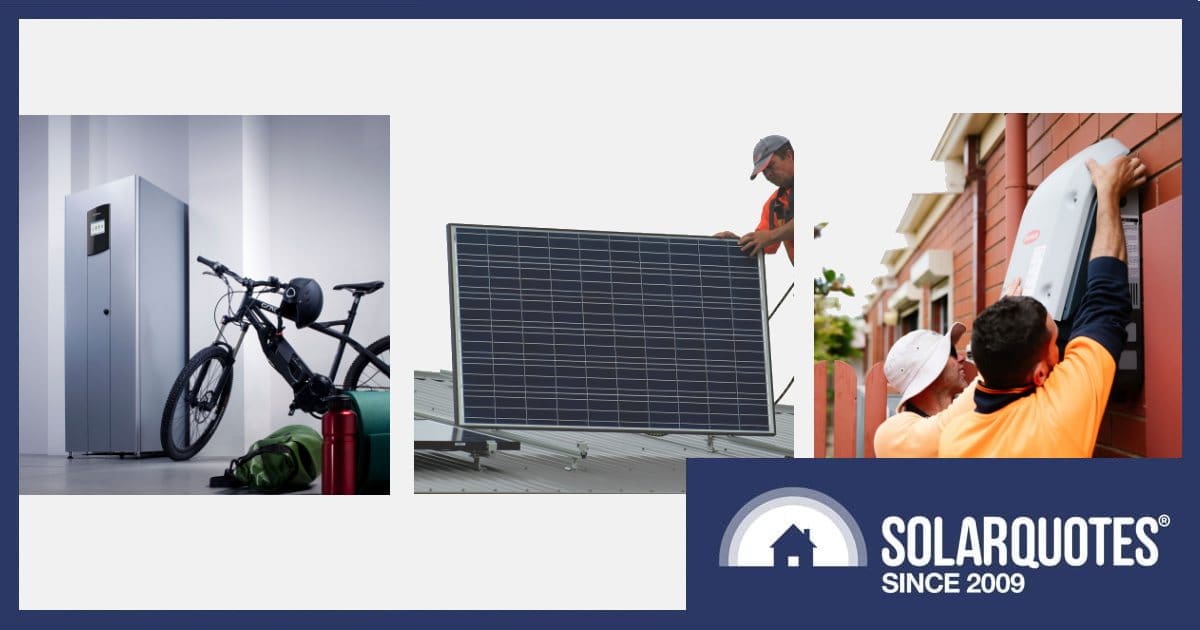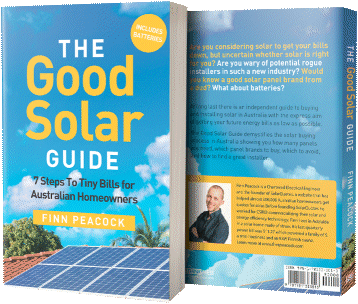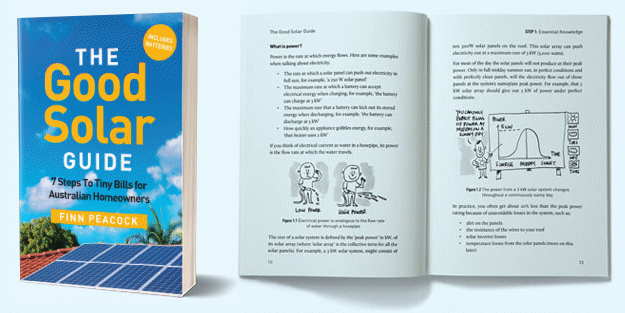We’ve often heard solar manufacturers and importers lament the lengthy process for solar panels, inverters and batteries to get a coveted Clean Energy Council approval. And now we have a better idea of how long it’s currently taking.
The Clean Energy Council is gatekeeper for solar products (small-scale renewables) connecting to the grid in Australia.
“As the product accreditation body, it is our role to protect Australian families by ensuring products meet high standards of quality, safety and reliability,” states the organisation. “Applications undergo a thorough and rigorous review process to ensure compliance with quality and safety standards.”
Approval is a very big deal as without it systems are not eligible for some incentives, such as the just-launched Cheaper Home Batteries program and the national solar panel rebate; both of which can knock thousands off the up-front cost of purchase. And when it comes to solar inverters and batteries, most (all?) electricity networks won’t allow them to connect the grid unless they have this accreditation. It’s also worth mentioning the gatekeeper role is a nice little earner for the organisation and is very important to the ongoing viability of the CEC.
The CEC has been accrediting solar panels and inverters since 2011, and batteries since 2021. And for as long as I can remember, there have been gripes concerning the timeframe involved in getting new gear approved.
While a rushed job is often a bad job and it’s super-important solar components are of good quality1, I had previously seen some manufacturers claim waiting up to a year to complete the process.
In 2020, then-Minister for Energy and Emissions Reduction Angus Taylor ordered a review of Australia’s Small-Scale Renewable Energy Scheme (SRES) that included scrutinising the approval process for and managing ongoing compliance of panels and solar inverters. The review was carried out by the Clean Energy Regulator, which after a lengthy investigation arrived at the conclusion the CEC should continue in this capacity — with a significant change being accountability to the Regulator.
Amid some protests, that came to pass in late 2024. But the Regulator made it clear a number of improvements would need to be made, including more rapid application processing times.
CEC Reboot Progress
At the time the Clean Energy Council was battling to maintain its solar guardian status, the organisation said it was already making changes in this regard; including doubling the capacity of its Products team, with more staff to come on board. It also committed to streamlining processes and providing applicants with transparent application tracking, along with having stronger focus on customer service and response times.
So, now the CEC has had a renewed lease on the job for some time, how are things going on listing timeframes?
The organisation has recently started publishing information on the backlog for equipment approvals based on the previous month to help manufacturers plan ahead, with timings updated at the beginning of each month. As the calendar has only just flipped over to July, processing times for June aren’t available just yet for all categories in terms of *beginning* the engineering technical assessment process:
- Solar panels: 3 weeks in May.
- Solar inverters: 13 weeks in June (up from 11 in May).
- Batteries: 12 weeks in May.
And in each category, full accreditation was typically taking a *further* 2 to 6 months (quite a range), depending on application completeness says the CEC — up to 9 months from go-to-whoa in the case of inverters and batteries.
So, if you’re hankering after solar gear you’ve seen overseas that’s not available in Australia yet and the manufacturer claims the hold-up is with the CEC, there’s a good chance this is indeed the case.
Further information on the CEC Approved Products Program can be found here.
Footnotes
- But it could be argued that even given the hoops needing to be jumped through, some components that wind up being listed still aren’t of good quality. ↩


 RSS - Posts
RSS - Posts



Interesting – I didn’t realise the CEC had any sort of regulatory function. Are they not funded by and an advocate for renewables equipment manufacturers?